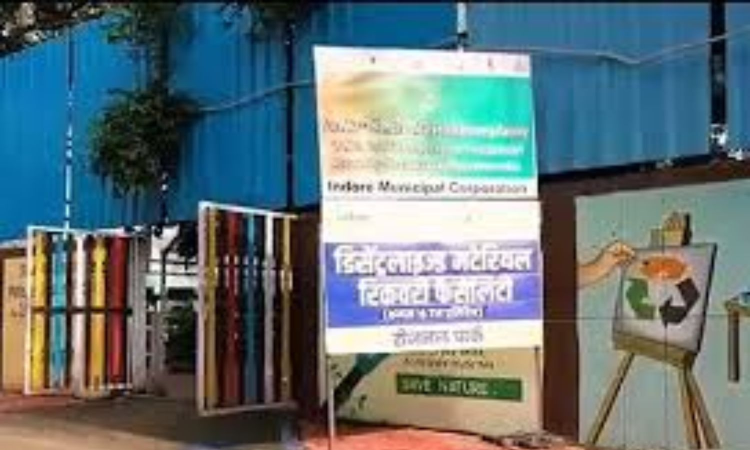Editorial: Murky data on ‘clean’ cities
The Centre has been trying to bring about some change by spurring a sense of competition between cities through a survey and awards system.

Keeping cities clean is a herculean task that urban local bodies often fall short in terms of governance and commitment. The Centre has been trying to bring about some change by spurring a sense of competition between cities through a survey and awards system.
For eight consecutive years, Indore in Madhya Pradesh has been topping the list. Obviously, it is doing something right to consistently ace the game, despite being the largest and most populated city in Madhya Pradesh, and owes its success to investment in sanitation infrastructure and its maintenance. The municipal corporation recognised the importance of behaviour change among citizens for the effective implementation of systems and processes. This was evident in how it managed to ensure 100 per cent door-to-door waste collection, segregation at source, and elimination of bins and dumps. Indore deserves all the accolades it has been getting.
The latest edition of the union government’s annual cleanliness survey, called Swachh Survekshan 2024-25, has addressed some of the issues to make it more equitable and fairer. Firstly, it classified cities and towns by population so that there is parity, the competition is fair, and gives a chance for cities and towns to compete with their equals. Secondly, a new category called Super Swachh League was created to give recognition to cities with consistent and proven track records. These reforms are to be welcomed and given the due appreciation.
However, there have been studies and reports about the problems and challenges relating to the survey. Since it is one of the world's largest urban cleanliness surveys, there were bound to be questions about the quality and accuracy of data and the rigor in collection. Also, there’s no fool-proof mechanism to ensure that the process is being followed to the T. Another question often raised is the quality and competence of surveyors.
As is the wont of seasoned bureaucracy, there have been persistent complaints of exaggerated claims, window-dressing, and presenting superficial and cosmetic changes as enduring, systemic performance. For instance, keeping some areas visibly clean only during the survey and not sustaining it throughout the year. The propaganda blitzkrieg that accompanied the initial Swachh Bharat campaign and the exaggerated claims of achieving Open Defecation-Free in 100 per cent villages somewhat dented the credibility of the agencies involved. The problem was allowing government agencies to self-declare as ODF.
At another level, questions have been raised about the undue emphasis on building sanitation infrastructure but not on its full and effective utilisation. To ensure accuracy, the government gave due weightage to people’s perception of city’s cleanliness. Often out of native pride, courtesy, or other biases, people tend to give misleading or even wrong feedback.
A good methodology often falters in practise if protocols and execution lack rigour. Even a cursory glance at the results, it is difficult to not notice that many ranks across categories are taken by places in BJP-ruled states, raising doubts about political bias. And people tend to believe them, given the ruling party’s propensity to headline management, exaggerated claims, and determination to somehow win the game. While cities and towns that perform well deserve all the appreciation and awards, in the end, the people, based on their lived experience, will sift fact from fiction about cleaning the Augean stables.



